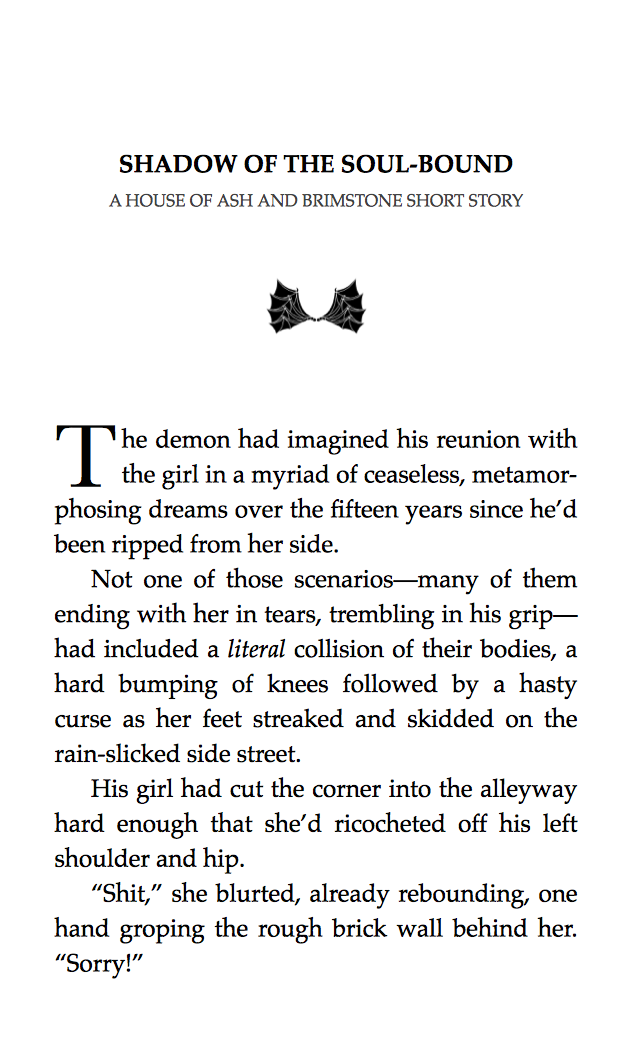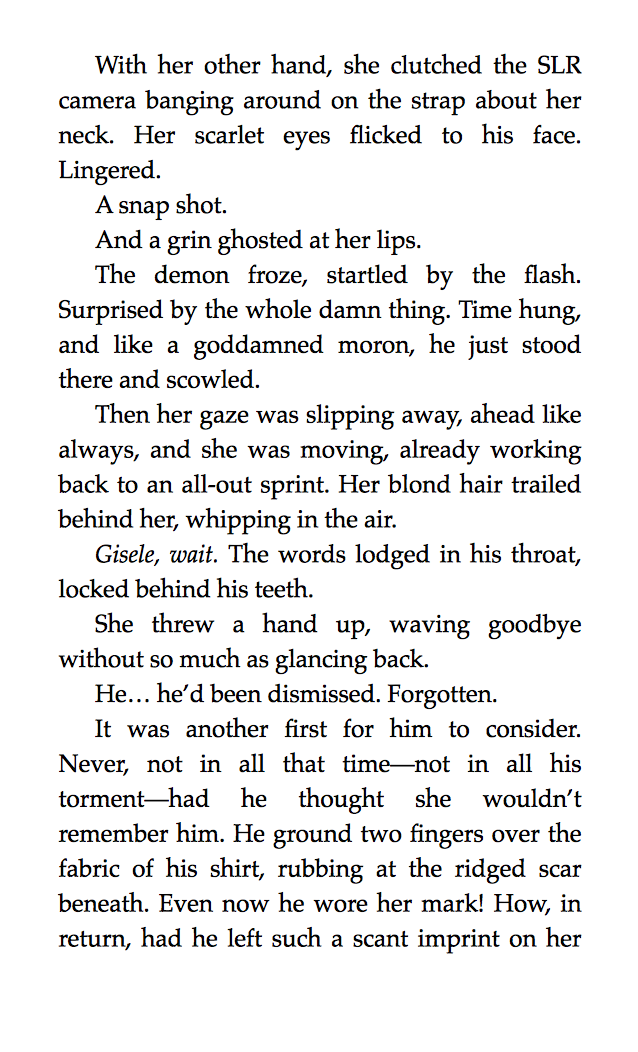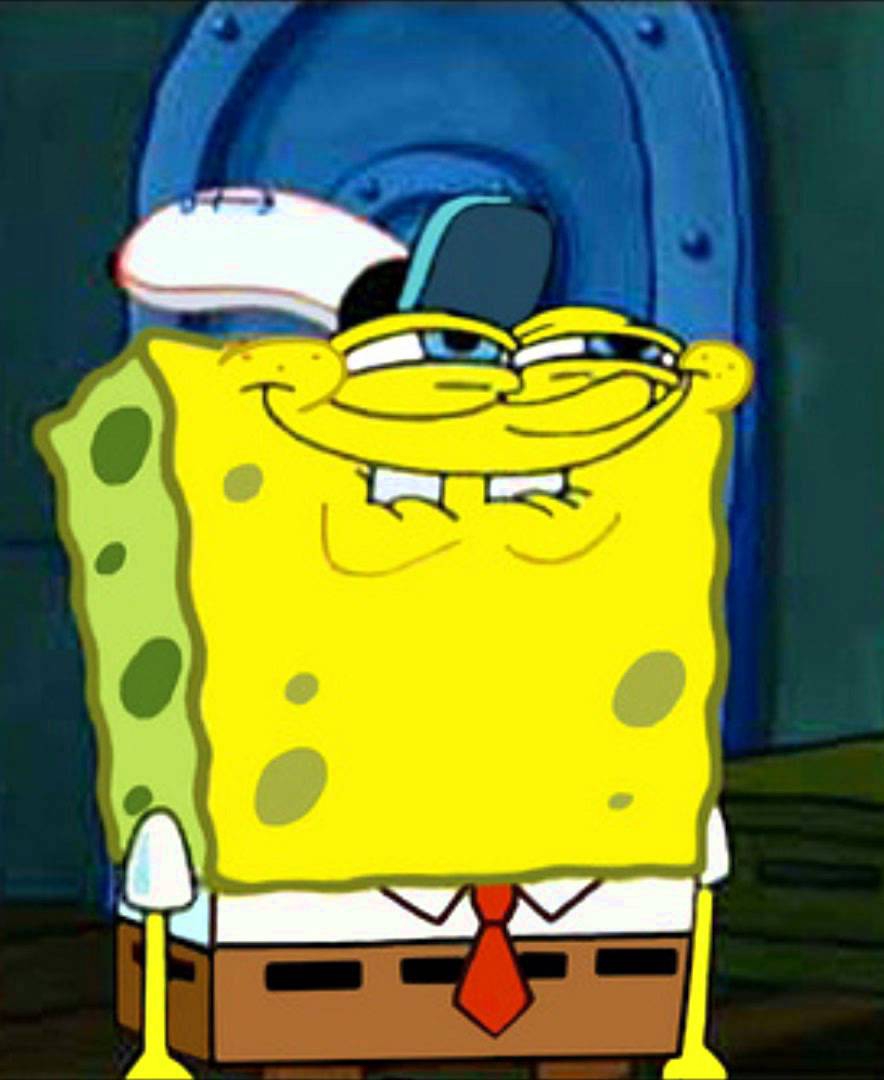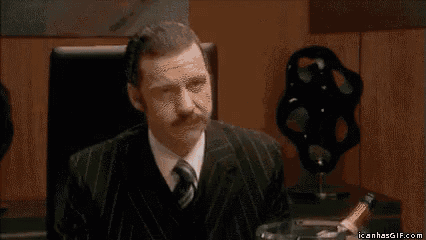How The Outer Worlds Channels Fallout, Classic Sci-fi, and the Real World
We talked to The Outer World's narrative designer about the game's morality and how Obsidian crafts such a large story.
Obsidian's
The Outer Worlds is one of our most highly anticipated releases of the year and for good reason: this space-faring adventure recalls classic RPG titles such as the studio's
Fallout: New Vegas, one of the best RPGs ever made. In fact, the developer has an excellent track record of great RPGs, including more recent titles like
Pillars of Eternity and
Tyranny. Every new Obsidian project, especially one conceived and directed by Tom Cain and Leonard Boyarsky, creators of the
Fallout series back in their Interplay days.
"They sort of took this very
Brazil corporate dystopian model and injected Tim's silly
Futurama/
Simpsons humor to it, which is a similar special sauce they found success with in
Fallout games," Dan McPhee,
The Outer Worldsnarrative designer, tells us at E3 2019 regarding the game's initial conception under Cain and Boyarsky's leadership.
Indeed, the surreal Terry Gilliam sci-fi film does come to mind when you hear the game's premise.
The Outer Worlds' story is set in a space colony that has essentially been
bought, twisted, and corrupted by various corporations.
"The basic idea is that corporations can buy colonies and star systems then send their people out there to colonize them, mine minerals, and bring it all back to Earth," McPhee says. "[
The Outer Worlds] is on the very edge of space, the Halcyon Colony. 10 corporations formed the board that bought the place. They send out two ships, one that gets there and one that didn't. That ship came in sort of 70 years late to the party. That's the ship the player wakes up on and is dropped in from."
The idea of everyday life being run by giant corporations isn't so far-fetched, of course, and McPhee suggests that the premise of the game is inspired by real life: "Pick a corporation, it's pretty similar." In terms of the different types of corporations, McPhee says, "It's kind of like on our world. You've got the pharmaceutical corporation, the mining corporation, the weapons manufacturers. You've got Spacer's Choice, which is like the 7-Eleven, they sell a little bit of everything."
One corporation, in particular, stands out to McPhee. It's called Auntie Cleo's and it produces some of the most gruesome food products you've ever seen. (Seriously, we watched some gameplay footage involving Auntie Cleo's and it's so gross.)
"You know how there's a big push for all-natural ingredients in today's world? Well, they're the opposite. Everything is in a lab. 99 percent fake stuff. They do a lot of weird, gnarly experiments with people and animals and it's really wacky."
The Auntie Cleo's experiment on display in the E3 gameplay footage is the cystypig, tumor-ridden pigs bred in labs for human consumption. The tumors themselves are sold as a meat product called "boarst." It's disgusting and will make you want to blow up every Auntie Cleo's lab in the game.
The game's story isn't as clear-cut as the good guys versus the bad guys, though. Like real life, the choices you make in
The Outer Worlds are more complicated than that. While the game doesn't feature a traditional morality system that tracks your "good vs. evil" choices, players will still have to pick sides when it comes to the different factions in Halcyon.
"If you murder everybody, everyone is going to hate you, but we don't have a sort of good vs. evil scale, and a lot of that is because a lot of the decisions you make in this game aren't really good vs. evil. There's a lot of grey area. There's a lot of 'this character is doing this thing that makes sense for him against this other one that makes sense for the other one.' It's really just who you personally believe in."
So how does Obsidian manage to account for so many possibilities in such an ambiguous world where the player shapes their own story? McPhee says it involves "quite a bit" of storyboarding as well as being able to adapt the direction of the game's narrative as it is in development.
"It's not really until it's in the game and you can play it that you really know if it's good," McPhee says of the team's story creation process. "Part of our process, for example, is when we plop an NPC in the world, our area designers will go and add a dummy conversation. [It's] like, 'ok, here's the option where he gives you the quest, here's the option where you tell him to go sod off, here's the option for like a dumb character.' They'll just sub that stuff in and then we'll go and flesh it out later. There's a combination of planning and implementation at the same time."
If McPhee's choice words of "dumb character" immediately made you think of
Fallout: New Vegas' low intelligence character options with excitement, then we have good news for you. When asked if players can create low intelligence characters, McPhee simply says, "Hell yeah, you can! Actually, dumb dialogue is something that I pushed for when I got on the project and I'm so glad that people are finding it really funny."
Just how fun is it to write dumb dialogue? "It is super fun, let me tell you. We actually put a lot of work in trying to figure out the specific 'brand' of dumb. It's not just like an idiot. It's sort of this mashup between Charlie Day and Zapp Brannigan and these high on their haunches sort of noblemen. It's great."
The Outer Worlds wears its
Futurama influence on its sleeve, but Obsidian also looked to other pieces of classic science fiction for inspiration.
"In terms of characters and dialogue, we took a lot of inspiration from things like
Firefly in that we really wanted to preserve this spirit of companionship and having a core crew that you ran around with," McPhee says. "We're all big
Star Trek fans. We just took from a bunch of different settings and inserted our own little twists."
The game will feature at least six companions with different skills and raison d'etre. So far, four of these companions have been revealed: the mercenary doctor Ellie, the rebellious Felix, Parvati the mechanic, and Auntie Cleo's guard Berke.
"We wanted to do a range of skills...but also a range of viewpoints," McPhee says of the different companions you can recruit in the game. "This is a totally new setting, so the player's not going to know much about it. It was useful to have different companions from different walks of life in this setting that could shed some light...You know, one of them isn't necessarily that anti-corporate. The story pushes that agenda really hard at first, but it's useful to have a companion who says, 'Hold on, maybe it's not so bad,' and gives you that alternate viewpoint."
The moral choices, factions, companions, and different viewpoints are all designed around the idea that you can play
The Outer Worlds however you want, making it a true Obsidian RPG experience in that regard.
"There's a surprising variety in this game. Everyone can really find something they like. We've put so many options in this game," McPhee says. "We've got people at the office who don't kill anybody, we've got people who kill everybody, we've got people who just sneak around all day because they like stealth games. No matter what games you normally enjoy, you'll probably find something here for you, which is pretty cool, I think."
The Outer Worlds is out on Oct. 25 for PlayStation 4, Xbox One, and PC.


















